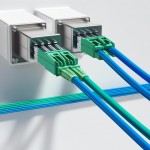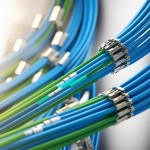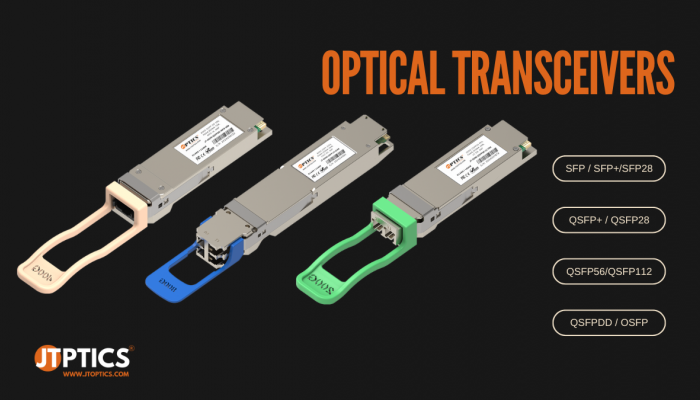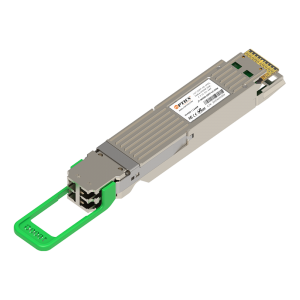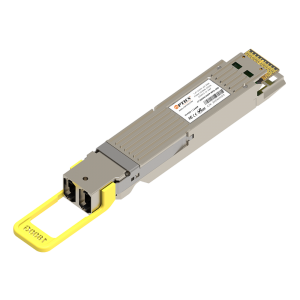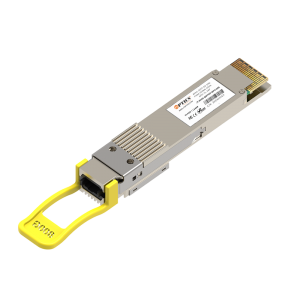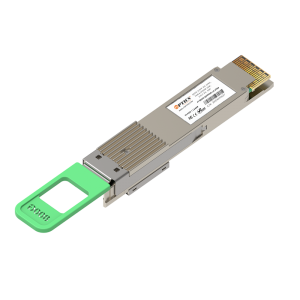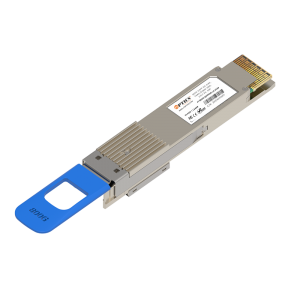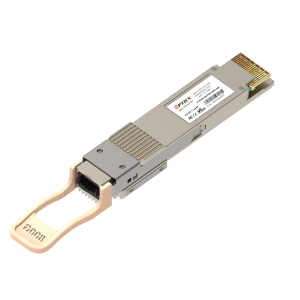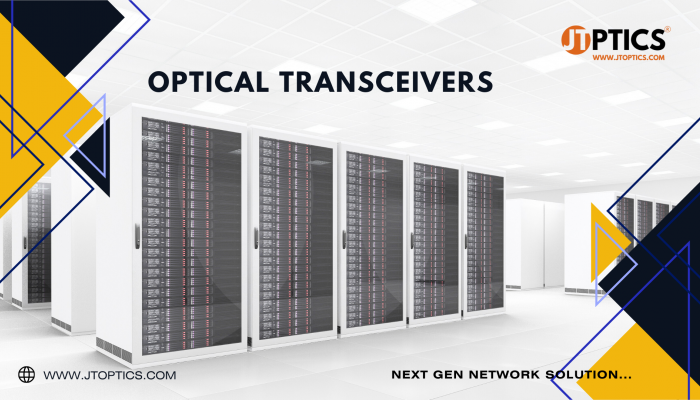Optical Transceivers
Optical Transceivers for Next-Gen Network
JTOPTICS® data center Solution simplifies the delivery of network
services by providing reliable infrastructure components assembled and tested
in a factory-controlled environment. JTOPTICS® end-to-end products are an ideal
solution for data centers specially when time for traditional cable
installation and termination is limited and offer quick plug-in deployment for
trouble free network performance.
Powering High-Speed Connectivity: Optical Transceivers for Data Center and Telecom Networks
JTOPTICS® Optical transceivers are critical components that enable high-speed data transmission over fiber optic networks in both data centers and telecom systems. These compact modules convert electrical signals into optical signals—and vice versa—supporting various data rates like 10G, 25G, 40G, 100G, 200G, 400G, and 800G.
Designed for plug-and-play flexibility, optical transceivers offer seamless integration with switches, routers, and servers, ensuring reliable, long-distance, and high-bandwidth communication. They are essential for scalable network infrastructure, helping businesses meet the demands of cloud computing, AI, streaming, and real-time applications with exceptional speed and efficiency.
Types
Precision Perfected: Optical Transceiver Quality Testing
At JTOPTICS® every optical transceiver undergoes a meticulous quality testing process to ensure flawless data transmission, long-term reliability, and compliance with international standards. These compact yet powerful components are critical to high-speed network performance, and our testing ensures they deliver at every level.
Eye Diagram Analysis:
Checks signal integrity and waveform accuracy.
Bit Error Rate (BER) Testing:
Ensures error-free data transmission under load.
Temperature Cycling Test:
Validates performance across varying temperature conditions.
Compatibility & Link Testing:
Confirms seamless integration with major OEM switches and routers.
Power Consumption Check:
Verifies efficiency and compliance with power standards.
Eye Diagram Analysis:
Checks signal integrity and waveform accuracy.
Bit Error Rate (BER) Testing:
Ensures error-free data transmission under load.
Temperature Cycling Test:
Validates performance across varying temperature conditions.
Compatibility & Link Testing:
Confirms seamless integration with major OEM switches and routers.
Power Consumption Check:
Verifies efficiency and compliance with power standards.
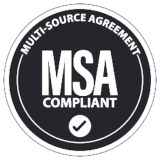
MSA Compliant with Industry Standards
From 100M to 800G, Multi-Source Agreement (MSA) specs and coded solutions are compatible with over 90 OEMs.
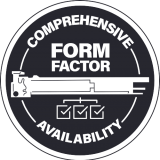
Comprehensive Form Factor Availability
Includes SFP, SFP+, SFP28, QSFP+, QSFP28, CFP2/4, QSFP-DD, and OSFP form factors for comprehensive compatibility and versatility.
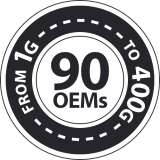
100% Compatibility
Fully compatible with leading switch and server OEMs, including Arista, Cisco, Dell, Intel, Juniper, Mellanox, and other major brands.
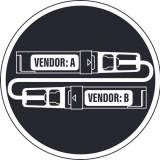
White Labeling
We offer fully customizable transceivers, DAC, and AOC cables—branded with your identity. From labeling to packaging, our solutions are tailored to reflect your brand while delivering high-performance connectivity.

Mitigated Risk
Our products undergo thorough testing for optical compliance and system compatibility, ensuring optimal performance.
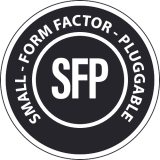
SFP Transceivers
The Small Form Factor Pluggable (SFP) is renowned as the prevailing format for optical transceivers, yet it does possess certain constraints. SFP transceivers exhibit hot-swappable and pluggable characteristics, enabling seamless installation and removal. Typically employed in 1Gbps connections, SFP utilizes various connectors including LC Duplex, LC Simplex, RJ45, and SC Simplex, facilitating transmission distances of up to 160km.
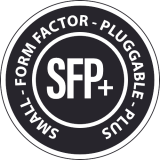
SFP+ Transceivers
SFP+ represents an enhanced iteration of the SFP standard, boasting increased data capabilities over its predecessor. With a maximum transmission speed of 16Gbps, SFP+ is commonly harnessed in Ethernet connections or 10Gbps fiber networks. Unlike SFP, SFP+ employs a distinct encoding method, enabling it to convey more data within a comparable hardware framework. Data transmission rates are available at 8Gbps, 10Gbps, and 16Gbps, offering versatility for various network requirements. SFP+ modules can span distances ranging from 30m to 120km, and they are compatible with a range of connector types such as LC Duplex, LC Simplex, and RJ45.
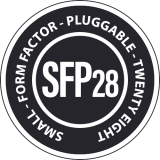
SFP28 Transceivers
SFP28 represents an advancement in speed over its predecessor, the SFP+ form factor. Its electrical and mechanical specifications were established in 2014 under the SFF Committee document SFF-8402, alongside earlier specifications such as SFF-8472 and SFF-8432. SFP28 is specifically designed to support applications requiring speeds ranging from 25Gb/s to 28Gb/s, including 25Gb/s Ethernet and 32GFC Fibre Channel.
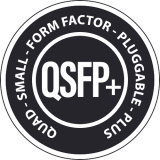
QSFP+ Transceivers
The QSFP+ functions similarly to other QSFP-style transceivers, supporting data rates of 40Gbps and higher. It is an Enhanced Quad Small Form-factor Pluggable (QSFP+) transceiver, featuring four channels and hot-pluggable capabilities. Compatible with LC Duplex and MPO-12 fiber connectors, the QSFP+ offers larger dimensions compared to SFP+ transceivers and can cover distances of up to 40km. It remains the predominant form factor for achieving data rates of 40Gbps.

QSFP28 Transceivers
The QSFP28 (Quad Small Form Pluggable) transceiver form factor was introduced to facilitate multi-lane (quad) optical transceivers, such as those used in 100GbE and 128GFC, accommodating various optical connectors including 4+4 MPO and duplex LC. Developed in 2013, QSFP28 supports electrical interfaces with speeds ranging from 25Gb/s to 28Gb/s per lane, catering to applications like 100Gb/s Ethernet, 128GFC Fibre Channel, and EDR InfiniBand. Its specifications are publicly defined by SFF Committee standards SFF-8636 and SFF-8665. QSFP28 has become the standard interface for 100G applications, offering configurations ranging from 100m using multimode to 80km using single-mode.
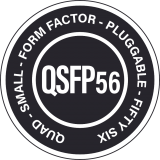
QSFP56 Transceivers
The QSFP56 standard, established in 2019, represents a significant leap in data transfer rates compared to its predecessor, QSFP28, achieving a maximum speed of 200 Gbps. This enhanced performance is achieved through parallel fibers and 8 x 25G wavelengths, or by leveraging PAM4 modulation and an internal multiplexer to transmit 50G over 4 wavelengths. QSFP56 transceivers come in various configurations, utilizing OM4 for distances up to 100m and OS2 for distances of up to 10km. Supported connectors include LC or MPO-12.
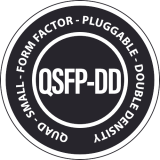
QSFP-DD Transceivers
The QSFP-DD (Quad Small Form-factor Pluggable Double Density) standard, designed to be backward compatible with previous QSFP versions, revolutionizes high-speed connectivity with an additional row of contacts, allowing for an 8-lane electrical interface. Compatible with LC and MPO-16 connectors, QSFP-DD facilitates seamless integration into various network architectures. Furthermore, it introduces a new connector – the CS connector, featuring 2 x CS Duplex connectors on a single transceiver. This innovative design supports breakout applications for 2x100G and 2x200G connections.
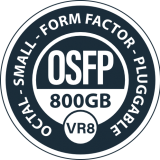
OSFP-800G Transceivers
The QSFP+ functions similarly to other QSFP-style transceivers, supporting data rates of 40Gbps and higher. It is an Enhanced Quad Small Form-factor Pluggable (QSFP+) transceiver, featuring four channels and hot-pluggable capabilities. Compatible with LC Duplex and MPO-12 fiber connectors, the QSFP+ offers larger dimensions compared to SFP+ transceivers and can cover distances of up to 40km. It remains the predominant form factor for achieving data rates of 40Gbps.



